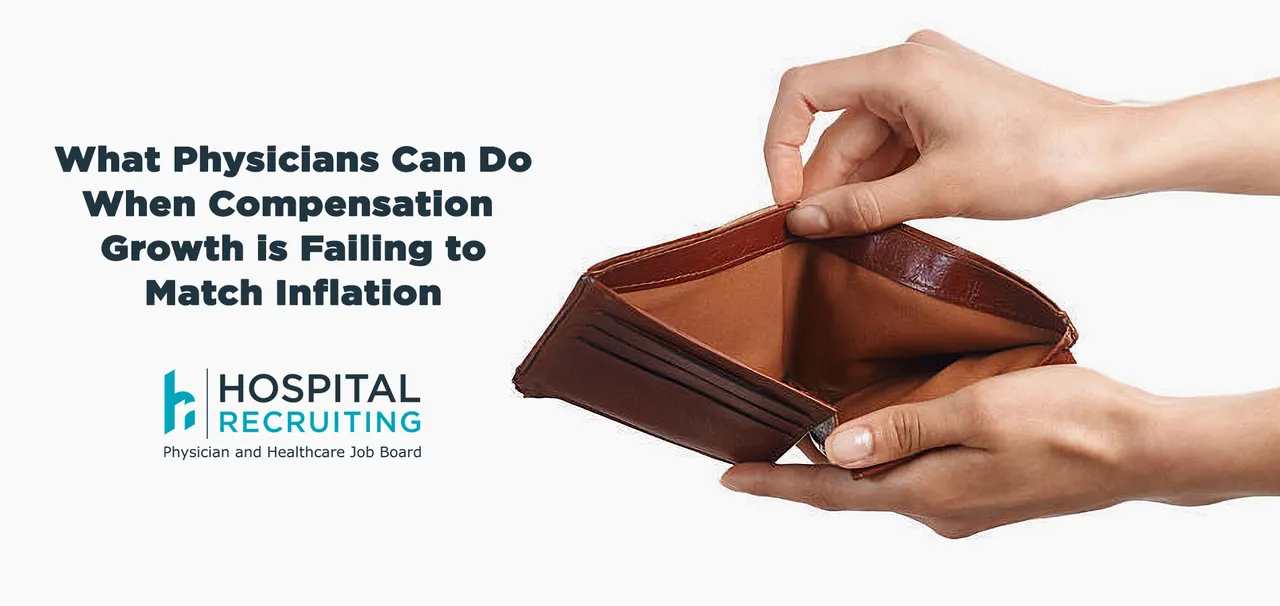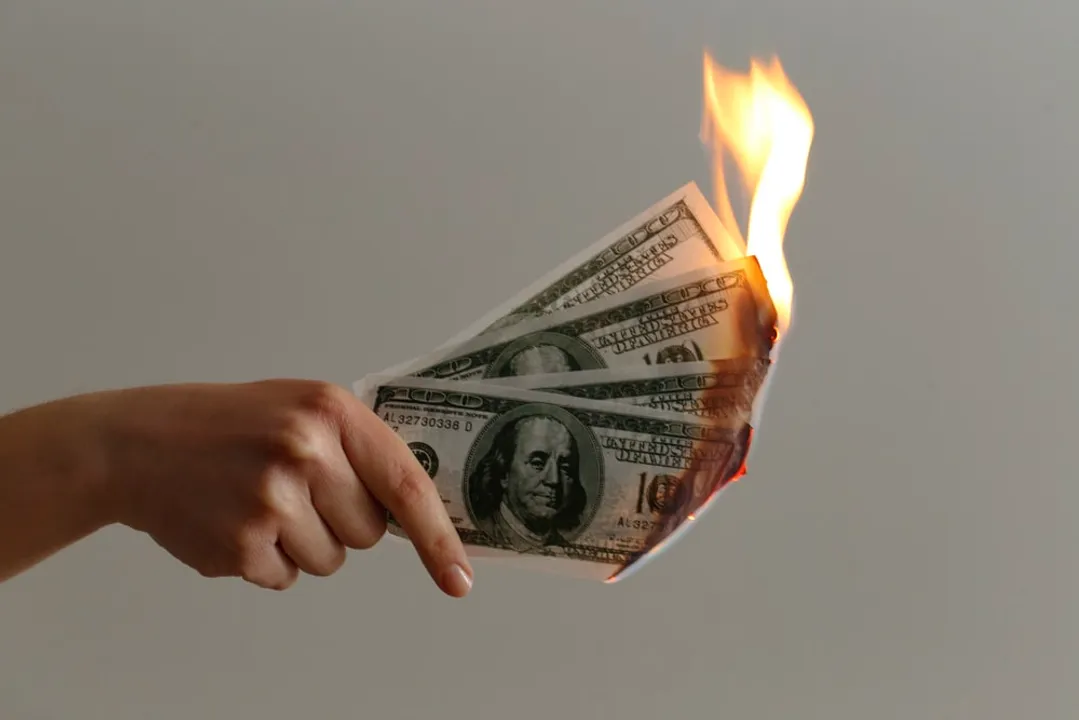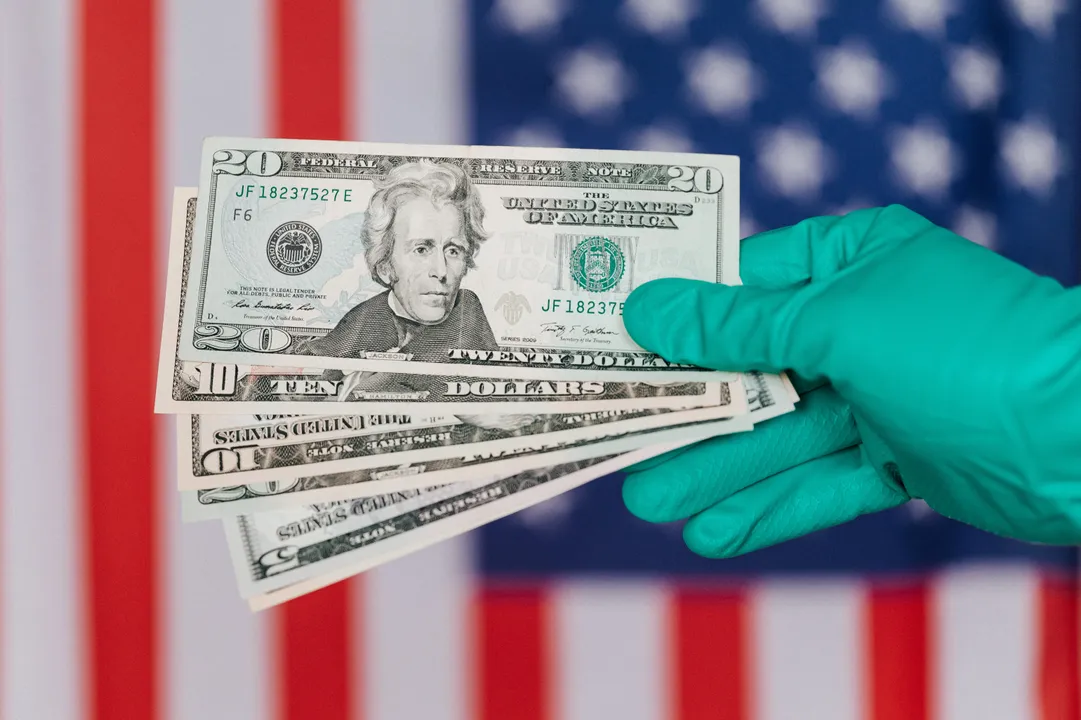What Physicians Can Do When Compensation Growth Fails to Match Inflation

Doctors obviously play an essential role in society, dedicating their expertise and time to ensure the health and well-being of the population. However, amidst rising living costs and inflation, the salaries of doctors have not kept pace with these economic changes. In fact, doctor salaries have been under enormous pressure (also despite the cost of our education quadrupling in the last 30 years).
But, because we still make a decent living, no one is crying about our salary.
Just us. :)
Per a recent report from Medical Economics:
- Physician compensation is increasing but not keeping up with inflation.
- Median total compensation for primary care physicians grew 4.41% in 2022, but inflation exceeded 6% in both 2021 and 2022.
- Compensation growth varies by specialty and region.
- Primary care physicians in Mississippi have the highest compensation, followed by those in the District of Columbia and Nevada.
- Compensation disparities are significant between surgical and nonsurgical specialists across states.
- Newly hired physicians in 2022 reported higher guaranteed compensation and some received signing bonuses.
- Physician-owned practices reported higher productivity compared to hospital-owned practices.
- Strategies used by successful practices include hiring more providers, reducing administrative work, focusing on culture and incentives, and increasing operating hours in 2022.
- The report draws data from nearly 190,000 providers across over 6,800 organizations.
Per a Doximity Poll, concerns over the current economic outlook are causing at least half of physicians to rethink their retirement plans, with nearly 40% delaying retirement and 15% reducing expenses.
Physician compensation growth is failing to match inflation, impacting retirement plans across all medical specialties. An analysis of over 160,000 surveys of full-time physicians on the Doximity network indicates that rising inflation may be the driver behind the delay, and only half the medical specialties are paying above inflation-adjusted wages.
The compensation disparity is particularly evident in employed physicians, with their salaries generally not rising much over time. Even the high salary of physicians has not protected them from an upswing in inflation, with average salary growth expected to fall far short of inflation in 2022.
The situation is ultimately driving an already overworked physician labor force to postpone retirement while simultaneously increasing concerns around physician burnout. Inadequate compensation is not the primary cause of physician burnout, but doctors suggest that stagnant pay may lead to long-term consequences, such as an increased risk of labor shortages, heightened unease, and an eventual system collapse if unchecked.
Factors Contributing to the Salary-Inflation Gap

Several factors contribute to doctors' salaries not keeping up with inflation. One primary factor is the changing landscape of healthcare reimbursement. With the rise of managed care and cost containment efforts, doctors are facing reduced reimbursements from insurance providers in many healthcare systems. This can directly impact their take-home pay and hinder their ability to keep up with inflationary pressures.
Additionally, the increasing administrative burdens imposed on healthcare providers can reduce the time available for patient care while driving up costs. Balancing administrative tasks with the demands of patient care can be challenging and impact the efficiency of a medical practice, ultimately affecting financial stability.
Strategies for Addressing the Salary-Inflation Gap

While doctors may face significant challenges in closing the salary-inflation gap, there are strategies they can consider to mitigate its effects:
- Advocacy and Collective Bargaining: Doctors can join professional associations and unions to collectively negotiate for fair compensation and working conditions. By uniting their voices and advocating for their rights, doctors can exert pressure on regulatory bodies and employers to address the salary-inflation gap. If you have the time.
- Entrepreneurship and Diversification: Some doctors explore entrepreneurial opportunities beyond traditional clinical practice. They may establish private clinics, provide specialized services, or invest in healthcare-related ventures. By diversifying their income streams, doctors can potentially supplement their salaries and offset the impact of inflation.
- Negotiating Contracts: Whether employed by hospitals, government entities, or private practices, doctors can negotiate their employment contracts to ensure fair compensation that adequately accounts for inflation. Engaging legal counsel or professional negotiators may be beneficial in navigating contract negotiations successfully - I highly recommend it.
- Continuing Education and Specialization: As medicine evolves, staying up-to-date with the latest advancements and acquiring specialized skills can position doctors for higher-paying opportunities. Professional development and specialization can open doors to higher-paying roles or leadership positions within the healthcare sector. You know, like learning botox and things.
- Exploring Non-Traditional Settings: Doctors aren't limited to traditional clinical roles. Exploring non-traditional healthcare settings, such as telemedicine or locum tenens work, offers opportunities for increased compensation and flexibility. These alternative avenues can provide doctors with both financial stability and the ability to adapt to changing work-life dynamics.
Conclusion
The issue of doctors' salaries not keeping up with inflation warrants attention and action. Doctors, healthcare organizations, and regulatory bodies must work together to address this disparity and ensure fair compensation for the vital services doctors provide. By advocating for fair compensation, leveraging entrepreneurial opportunities, negotiating contracts, pursuing specialization, and exploring non-traditional settings, doctors can navigate the challenges presented by the salary-inflation gap.
Related Posts
